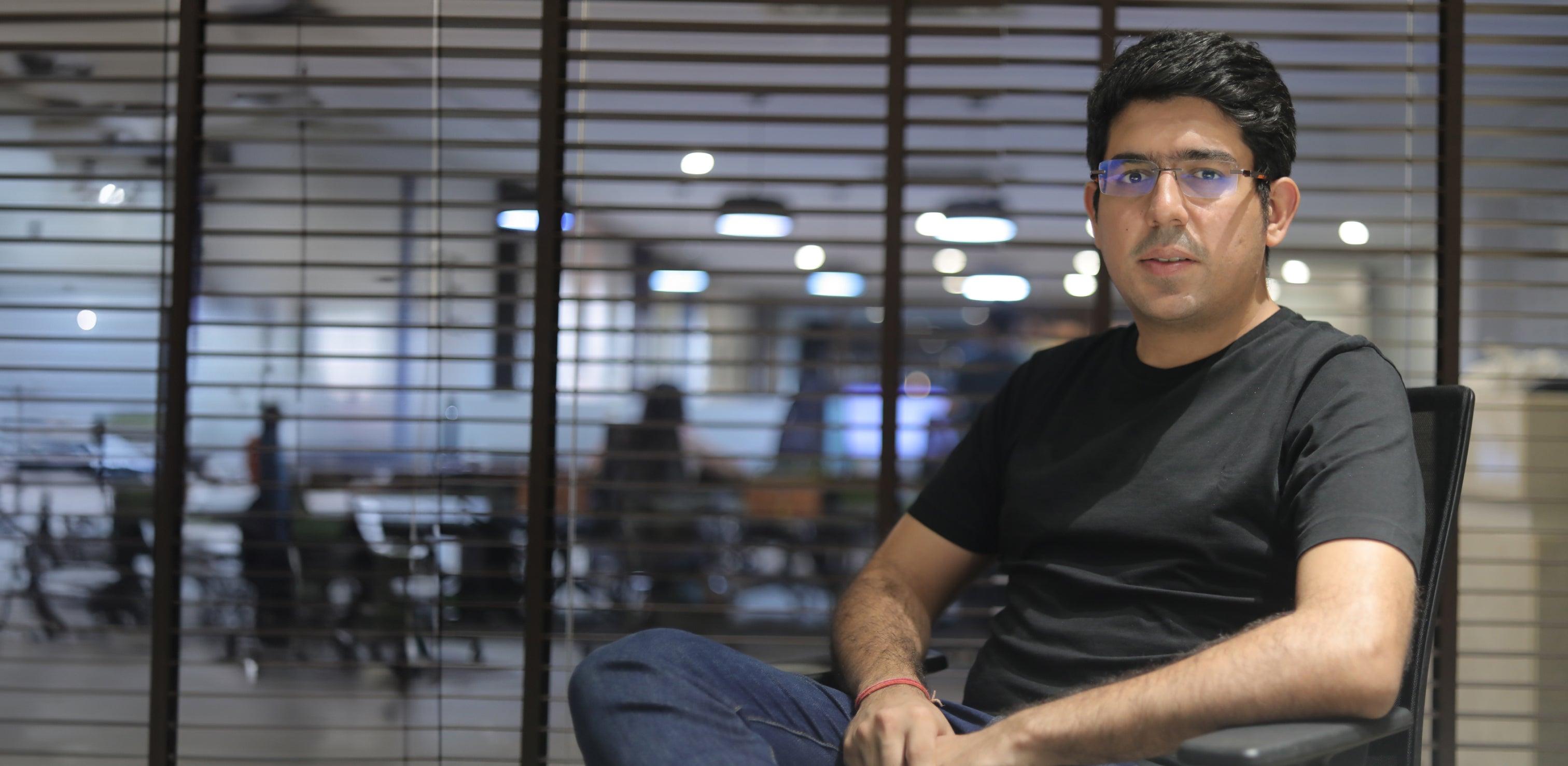

Local vs. Global Sourcing: Best Model For Indian Apparel Brands

Every apparel brand needs a clear sourcing strategy. The choice Every apparel brand needs a clear sourcing strategy. The choice between local and global sourcing involves factors like cost-effectiveness, supply chain evaluation, quality assurance and market demand analysis.
Local sourcing offers immediate cost savings by reducing transportation expenses and tariffs and mitigating currency fluctuation risks. It also ensures shorter supply chains, leading to lower inventory costs and increased flexibility in response to market demands.
Local sourcing is particularly advantageous where quality control, customisation and quick turnaround times are critical. It allows easier access for frequent quality inspections and immediate issue resolution. For instance, many fashion houses like Benetton have started sourcing closer to home. In 2022, Benetton boosted its manufacturing in Europe, West Asia and North Africa, moving production out of Bangladesh and Vietnam. Similarly, a study showed that Swedish textile and apparel buyers plan to increase sourcing in Europe while reducing or altering sourcing in Asia.
For Indian apparel brands, local sourcing can provide significant cost savings compared to international sourcing. By sourcing locally, brands can avoid import duties of up to 40 per cent on apparel products, leading to around 20 per cent savings on production costs.
I agree that it’s not possible for all the brands to source 100 per cent locally. Therefore when considering global sourcing, Indian brands must weigh in multiple factors. For example, China offers competitive pricing and fast turnaround times but faces rising labour costs and trade tensions. Bangladesh has the July 2024 | AO India 67 THE AO DEBATE lowest labour costs but struggles with quality consistency and longer lead times. Vietnam provides a balance with competitive labour costs, high-quality production, flexible minimum order quantities and improving logistics. Nevertheless, it’s essential to adopt a nuanced approach.
For example, a fashion brand based in India might find the most costeffective supplier of elastics in Vietnam. However, to fully capitalise on cost savings, the supplier might opt for cheaper transportation such as barges, leading to extended delivery times unless expedited shipping is paid for. In such a scenario, the brand might choose the Vietnamese supplier for regular orders but devise a contingency plan for urgent projects, possibly maintaining a stockpile of materials. Alternatively, the brand might opt for slightly pricier elastics from another supplier. Each brand must evaluate its priorities and decide whether cost or speed takes precedence in sourcing materials. This decision-making process is unique to each entity, regardless of size and different companies will have distinct sets of requirements.
Today's consumers value sustainability, ethical production and supply chain transparency. This drives us to source 100 per cent of our raw materials domestically. This strategy helps Libas in the long term by ensuring that all sourcing and manufacturing processes are streamlined within the country, leading to better control over quality and consistency of materials.
For brands considering global expansion, local sourcing offers a distinct advantage. In today’s global economy, knowing the origins of our raw materials is just the starting point. We must also ensure that our materials are responsibly sourced, a requirement enforced by regulators and expected by consumers. This requires thorough due diligence on every material and accessory we use.
Many countries are now enforcing traceability laws. India too is expected to introduce comparable legislation in the foreseeable future, aligning with global trends toward responsible sourcing and production practices. This raises important questions: Were the cotton and other materials ethically harvested? Were fair labour conditions maintained during fabric production? If we cannot provide satisfactory answers to regulatory inquiries and consumer concerns about sourcing transparency, our ability to market products in regions with tightening legislation may be compromised.
Local sourcing is not just about efficiency but also about investing in the future of the Indian garment industry. By relying on local suppliers, businesses strengthen the domestic economy. According to a FICCI-Wazir Advisors report, the Indian textile and apparel market was valued at approximately US $ 165 billion in 2022, with the domestic market accounting for US $ 125 billion and exports contributing US $ 40 billion. With a positive long-term outlook, the market size is projected to grow at a compound annual growth rate (CAGR) of 10 per cent, reaching US $ 350 billion by 2030. This translates to significant employment opportunities, fostering economic growth and improving livelihoods within local communities.












